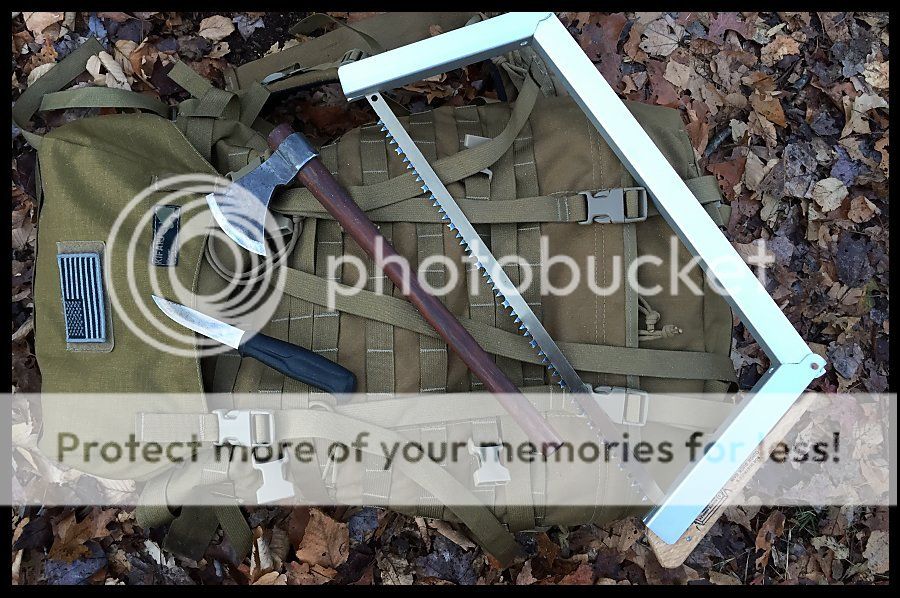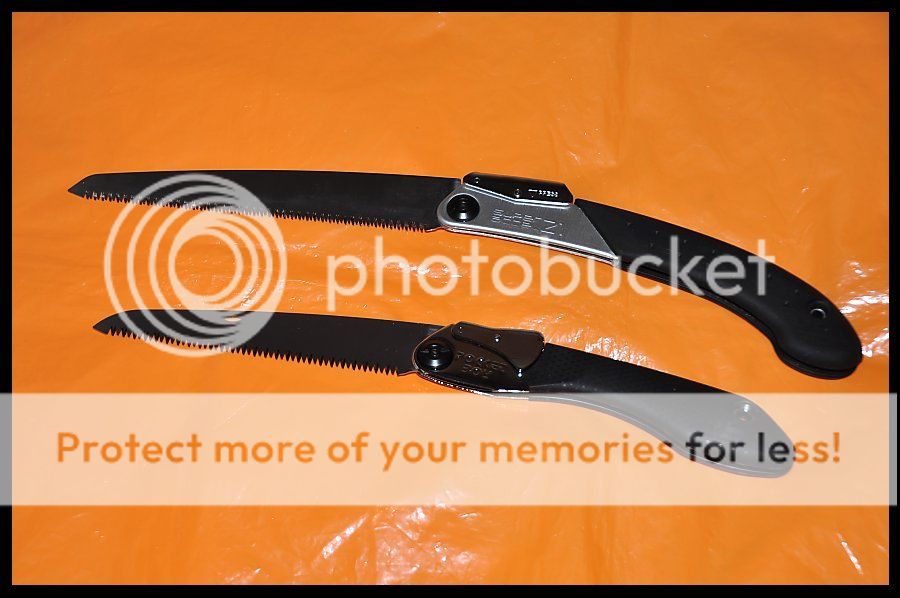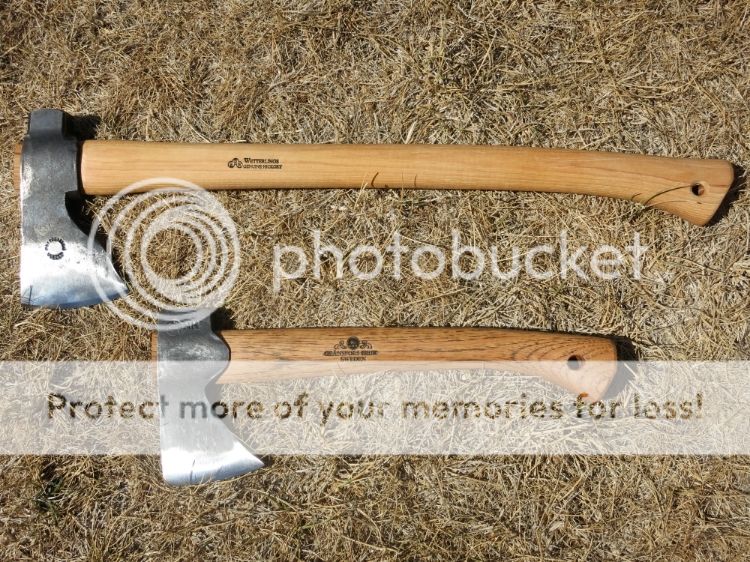Smithhammer,
It was Fareinheight
A fire in the winter is woinderful
I was solo long distance snowshoeing point to point carrying all my gear
And the energy I would have needed to collect and start and maintain a fire on 5 feet of snow was just too much
It was faster and warmer (with a candle burning) to dig a snow trench and sleep in that
It was Fareinheight
A fire in the winter is woinderful
I was solo long distance snowshoeing point to point carrying all my gear
And the energy I would have needed to collect and start and maintain a fire on 5 feet of snow was just too much
It was faster and warmer (with a candle burning) to dig a snow trench and sleep in that






